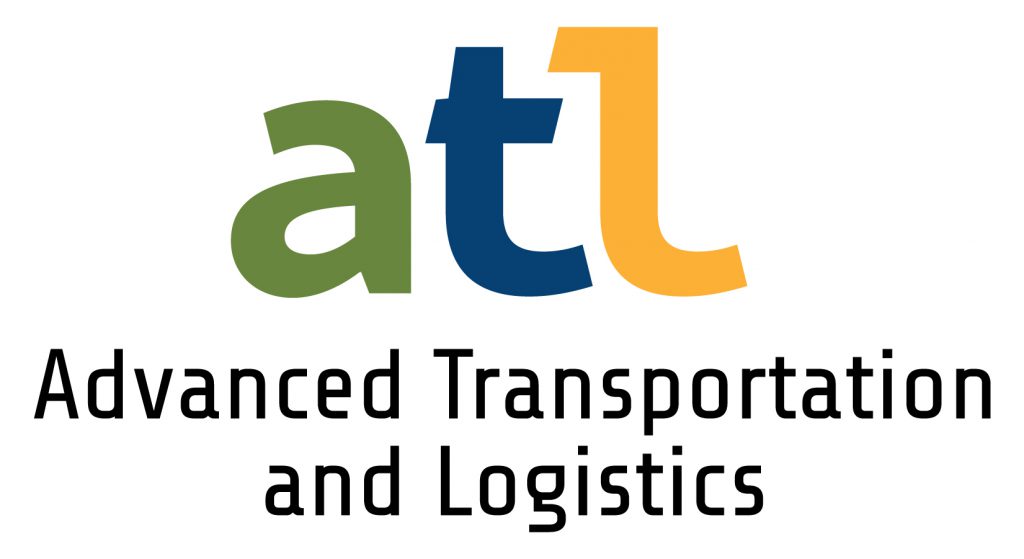The California Energy Commission is providing $2 million in funding to the California Community Colleges through its Alternative and Renewable Fuel and Vehicle Technology program.

Image source: afdc.energy.gov (US Dept of Energy)
This three-year contract is designed to improve the regional capacity to deliver alternative fuel technical training through the California Community College system. While the funds will be managed by San Diego Miramar College, the money is intended for distribution to qualifying colleges in all regions of the state.
Miramar College’s Advanced Transportation Technology and Energy Center was chosen to lead the state effort
Miramar College’s ATRE Center was chosen to lead the state effort in large part because of its prior work with the California Community Colleges Chancellor’s Office and the Energy Commission. The partnership worked together to assess the college system’s readiness to provide alternative fuel and advanced transportation training throughout the state. One of their key findings was that these programs need to be available across the state, both in rural areas and in regions with a high concentration of advanced transportation employment opportunities, including Shasta, San Bernardino, San Joaquin, Sutter, and Imperial counties.
“This contract recognizes the importance of keeping community college technician training on the same path as alternative fuel and advanced transportation technology development, thereby ensuring that new vehicles on the road truly work to achieve the state’s fuel use and emission-reduction goals,” said Greg Newhouse, Director of the Advanced Transportation Technology and Energy Center at Miramar College.
Funds for the Purchase of New Equipment, Curriculum Development and Program Delivery
Colleges receiving a grant award can use the funds to purchase new equipment for alternative fuel and advanced vehicle technology training purposes, such as medium and/or heavy duty vehicles, vehicle fueling equipment, and lab training aids like alternative fuel engines and natural gas cylinders. Funds can also be used for curriculum development, the delivery of training programs, and faculty professional development associated with purchased equipment and/or new course materials developed.
Application instructions and additional details will be posted at www.atreeducation.org.
Interested college faculty and administrators are encouraged to contact Peter Davis, Statewide Director of the ATRE at outrchpd@me.com or Greg Newhouse at gnewhous@sdccd.edu for more information.










